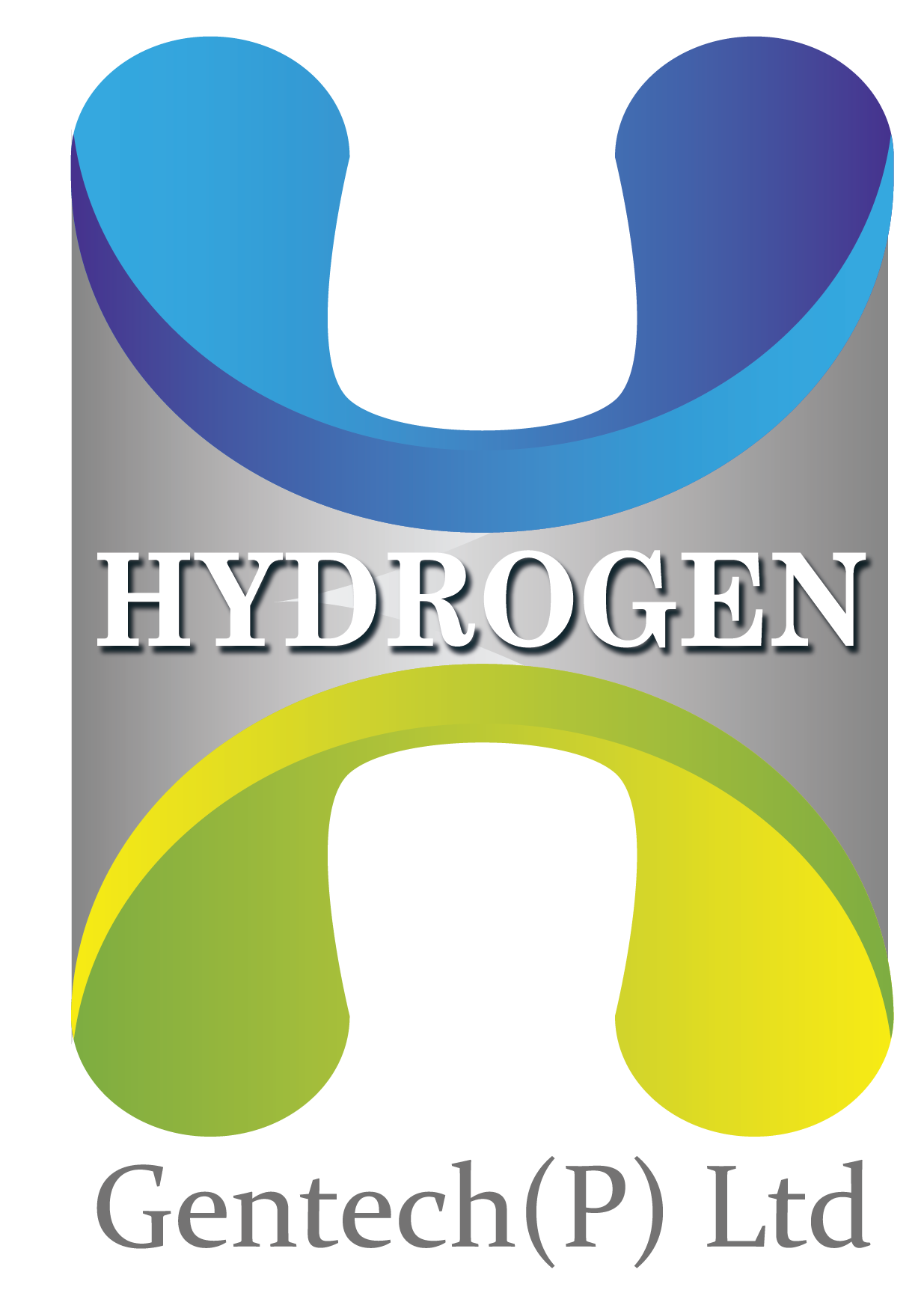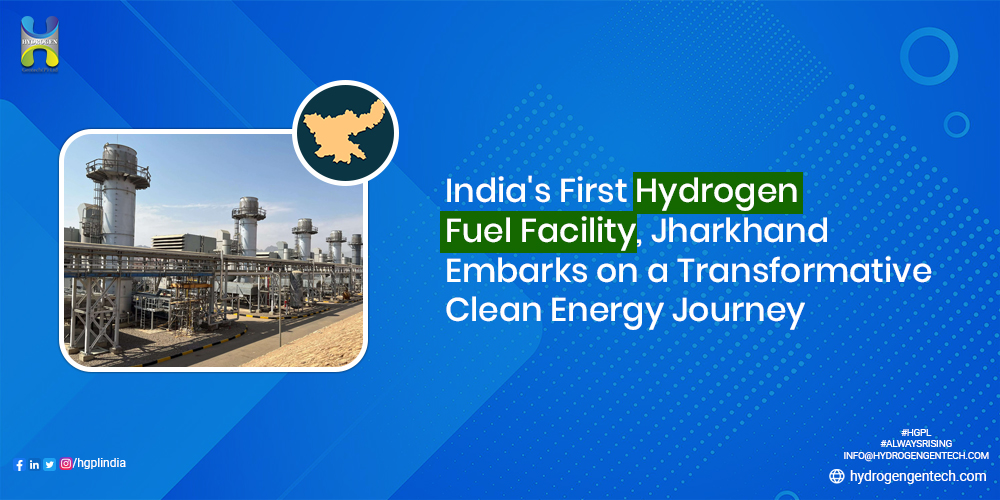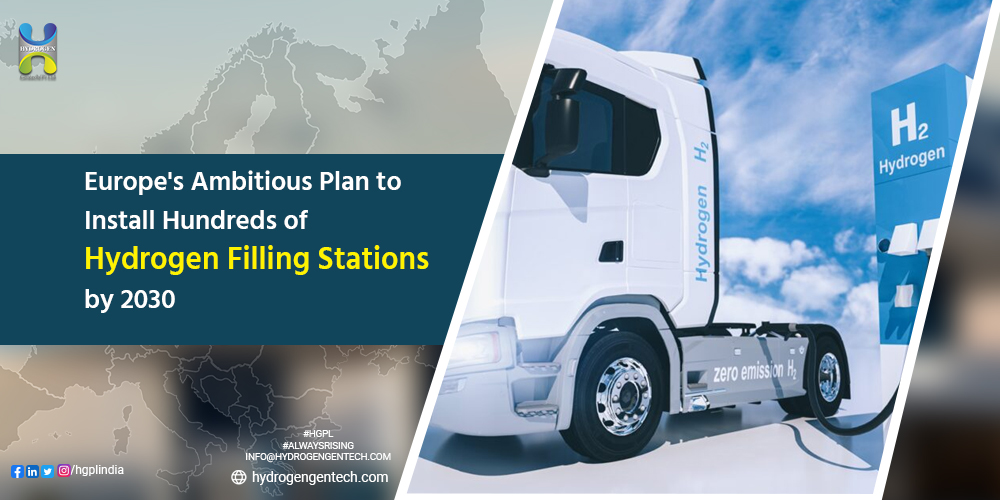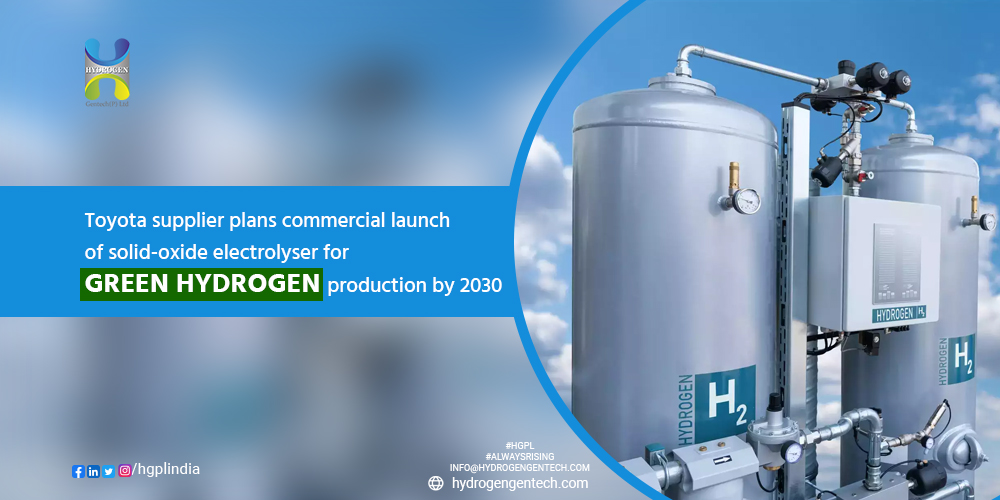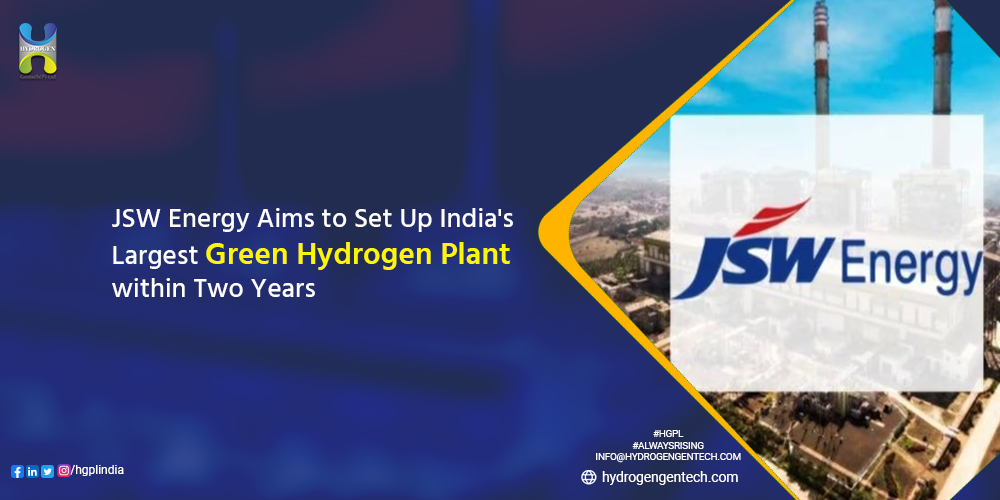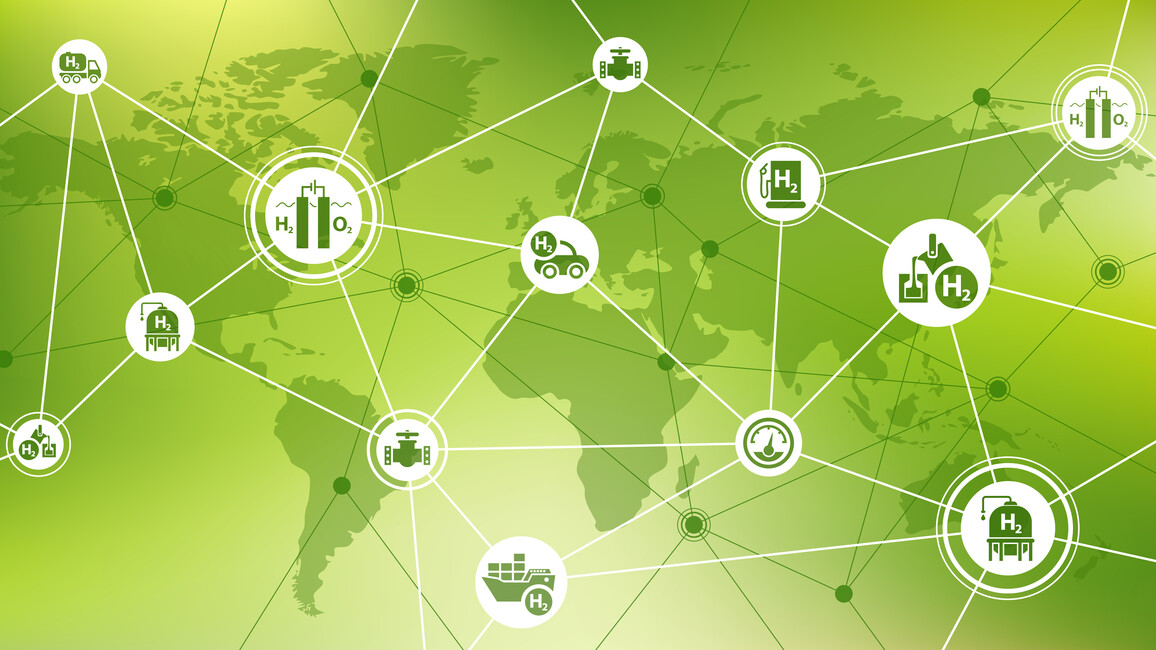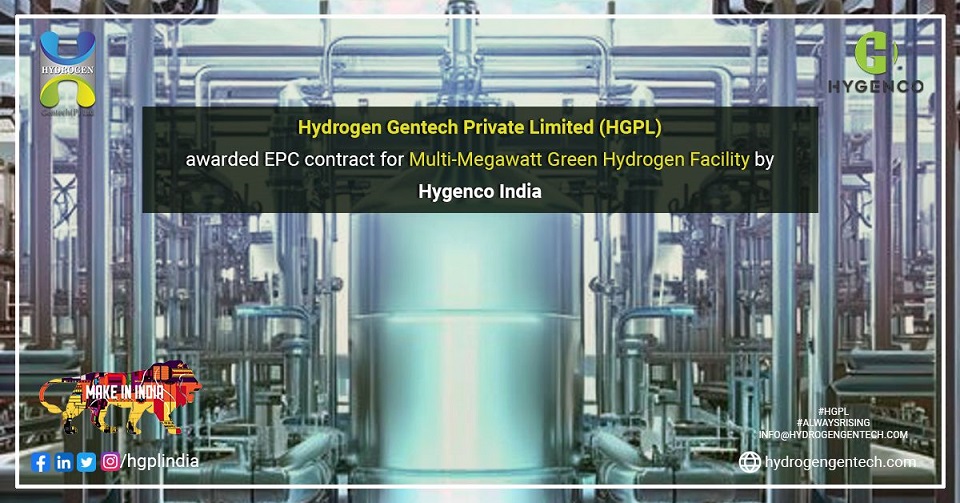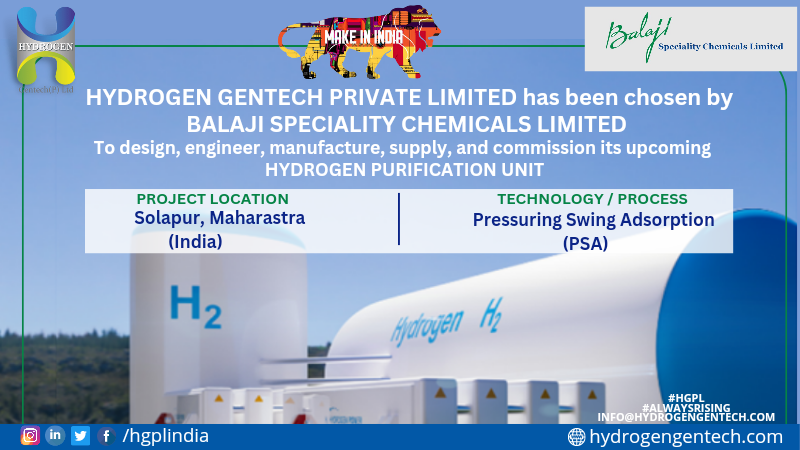Introduction
In a monumental leap towards embracing clean and sustainable energy solutions, India is set to witness the establishment of its inaugural hydrogen fuel facility. This landmark initiative, which is scheduled to take shape in the state of Jharkhand, signifies a resolute step towards reducing carbon emissions and diversifying the nation’s energy portfolio. This blog explores the significance of India’s first hydrogen fuel facility, its potential implications for the country’s energy landscape, and its role in driving a greener, more sustainable future.
A Glimpse into Hydrogen Fuel Facilities
Hydrogen fuel facilities represent a pivotal juncture in the global energy transition. These facilities leverage the power of hydrogen, one of the cleanest and most abundant elements in the universe, to produce energy. Through processes like electrolysis, hydrogen is extracted from water using renewable energy sources, thereby generating electricity and emitting only water vapor as a byproduct. This carbon-neutral approach holds immense promise for decarbonizing various sectors, including transportation, industry, and power generation.
Jharkhand’s Pioneering Initiative
The Indian state of Jharkhand is poised to make history by becoming the home of the country’s first hydrogen fuel facility. This transformative project is expected to set a precedent for harnessing clean energy and reducing dependence on fossil fuels. The upcoming facility is a testament to Jharkhand’s commitment to sustainable development and its determination to contribute to India’s ambitious climate goals.
The Implications of India’s First Hydrogen Fuel Facility
- Carbon Emission Reduction: The establishment of a hydrogen fuel facility aligns with India’s commitment to mitigate carbon emissions. By transitioning to hydrogen-based energy, the nation can significantly reduce its carbon footprint and contribute to a more sustainable environment.
- Energy Diversification: The advent of a hydrogen fuel facility underscores India’s determination to diversify its energy sources. This initiative reduces reliance on conventional fossil fuels and ushers in an era of cleaner, more versatile energy options.
- Clean Transportation: Hydrogen-based fuel holds the potential to revolutionize the transportation sector. From fuel cell vehicles to public transport systems, the adoption of hydrogen fuel can lead to emission-free mobility and improved air quality.
- Industrial Growth: The facility’s impact extends to industries by offering a cleaner energy source for various processes. Industries such as steel, chemicals, and manufacturing can embrace hydrogen as a means to achieve sustainable growth.
- Innovation and Leadership: India’s foray into hydrogen fuel facilities demonstrates its commitment to embracing innovation and leading the way in clean energy adoption. This initiative is expected to inspire other states and regions to follow suit.
A Greener Future on the Horizon
As the world grapples with environmental challenges and the urgency to address climate change, initiatives like India’s first hydrogen fuel facility provide hope for a more sustainable future. By capitalizing on hydrogen’s potential, Jharkhand is not only enhancing its energy security but also setting a precedent for other regions to adopt clean energy solutions.
Conclusion
The establishment of India’s inaugural hydrogen fuel facility in Jharkhand marks a significant milestone in the nation’s journey towards a cleaner and greener energy landscape. This pioneering initiative showcases the power of innovation, determination, and collaboration in driving sustainable development. As the facility takes shape, it ushers in a new era of clean energy possibilities, inspiring the nation and the world to prioritize environmental stewardship and create a better, more sustainable tomorrow.
Source: The New Indian Express
